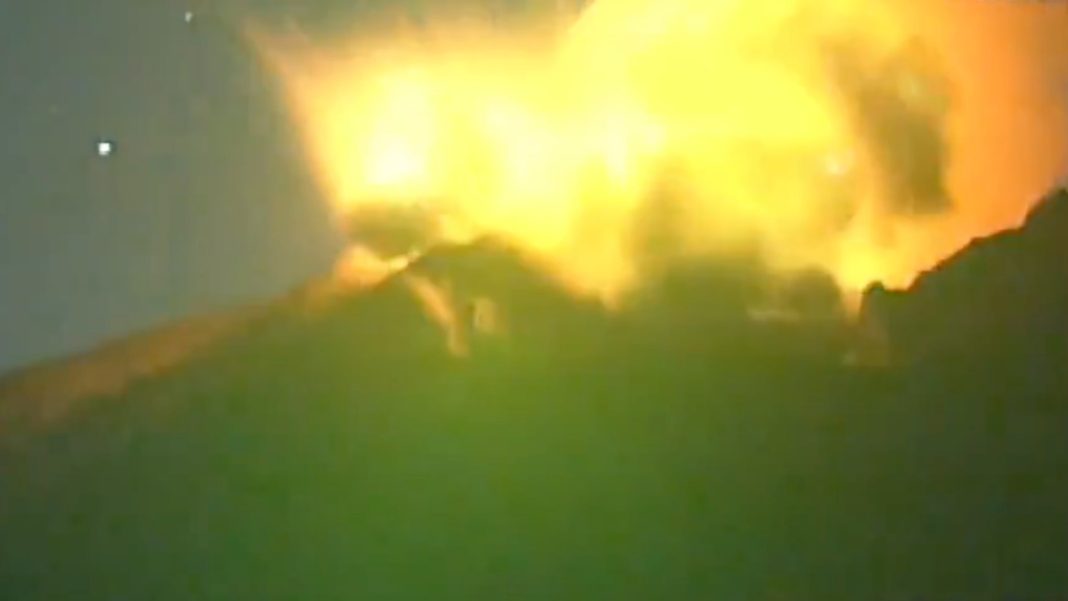Key Takeaways
- Sakurajima volcano erupted violently on November 16, 2025, sending ash 4.4 km high
- Volcanic rocks were thrown 1.2 km from the crater, showing significant explosive force
- No injuries or pyroclastic flows reported despite the intensity
- Alert Level 3 remains in effect with restricted access near the crater
Japan’s Sakurajima volcano has erupted with dramatic force, shooting a massive ash plume 4,400 meters into the air in the early hours of November 16, 2025. The violent explosion from the Minamidake crater represents the first time in nearly 13 months that the volcano’s ash has reached above 4 kilometers, marking a significant escalation in activity.
Eruption Timeline and Impact
The explosive activity began at approximately 12:57 a.m. JST, with a second eruption following at 2:28 a.m. that produced a slightly smaller plume of 3,700 meters. The force of the blasts was substantial enough to hurl volcanic rocks as far as 1.2 kilometers from the crater.
Ashfall warnings have been issued across multiple prefectures including Kagoshima, Kumamoto, and Miyazaki. The eruption caused numerous flight cancellations at Kagoshima Airport due to dangerous ash clouds affecting air travel.
Current Alert Status and Safety Measures
The Japan Meteorological Agency maintains a Level 3 alert on its five-point scale, restricting access to areas near the crater. Despite the violence of the eruptions, authorities confirmed no injuries or pyroclastic flows – the hazardous fast-moving currents of hot gas and volcanic matter that pose extreme danger.
Residents in affected areas are advised to exercise caution regarding ashfall, take appropriate protective measures, and stay informed through official channels. Sakurajima remains active with continuing potential for future eruptions.
Historical Context
Sakurajima stands as one of Japan’s most active volcanoes, with frequent eruptions at varying intensities. The volcano’s historical eruptions have significantly shaped the southern Kyushu landscape, with its lava flows creating the land bridge that connected the former island to the Osumi Peninsula.
The volcano’s proximity to Kagoshima city, with its population of approximately 600,000 people, means residents remain on constant alert during such activity, serving as a reminder of the region’s dynamic and potentially dangerous geology.




